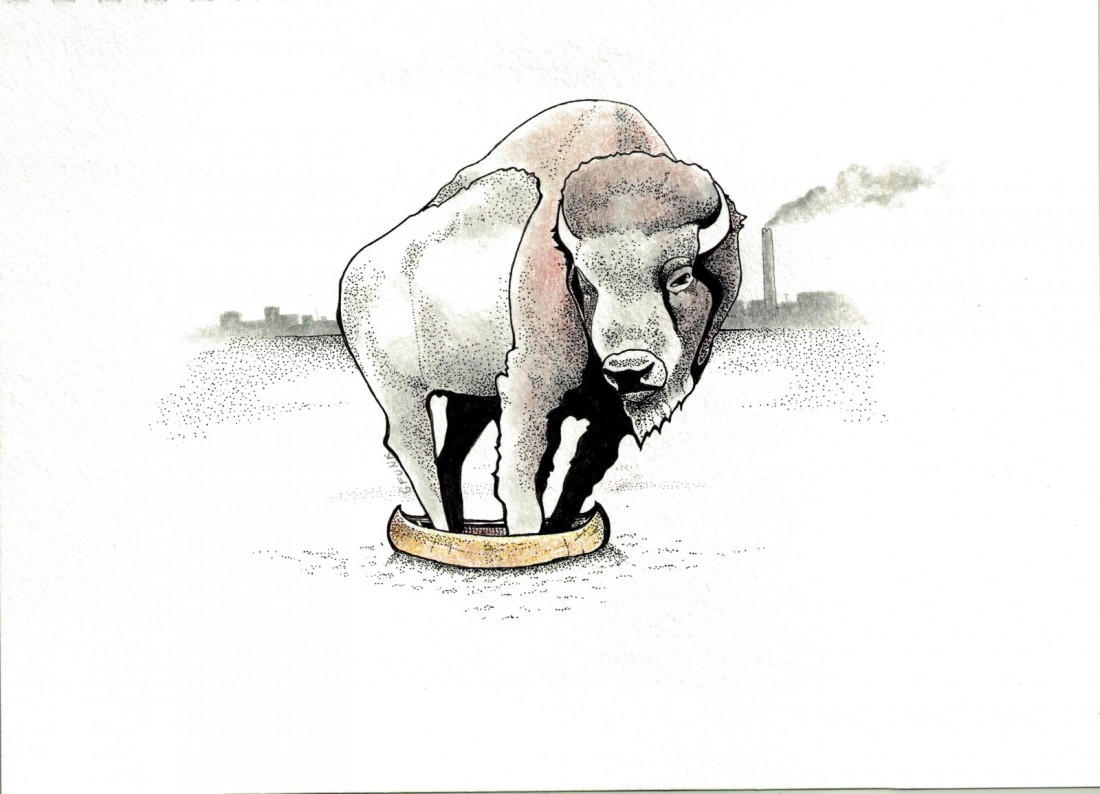Climate politics
Provincial election holds promise for climate change progress
This April, Manitobans will go to the polls to decide who will lead the province for the next election cycle. This decision will also determine who will be given the keys to lead on climate change.
Last December, while over 190 nations were trying to ratify a deal to solve climate change, the Manitoba NDP government released its climate change mitigation plan. Manitoba plans to cut its carbon emissions by one-third of 2005 levels by 2030, 50 per cent by 2050, and go carbon neutral by 2080.
“We can avoid the future costs of climate disruption while helping to ensure a healthy environment and economy for future generations by acting now. Delaying action will make adaptation more difficult to address and more costly in the future,” the report says.
So what types of policies does Manitoba have in store to help mitigate climate change?
First, Manitoba’s NDP government plans to implement a cap-and-trade system. This involves a market where polluters can exchange permits if one company is under the limit and one is over. While this is more politically feasible as it is not considered a tax, most economists suggest that a carbon tax (similar to B.C.’s version implemented in 2008) is more efficient, with less administrative headaches. If permits in a cap-and trade market are given freely, this system is more prone to abuse, compared to a carbon tax.
Second, the Selinger government plans to invest in renewable energy and clean technology. A majority of the power Manitoba Hydro produces, 96 per cent comes from a renewable energy source – hydroelectricity. The majority of which already and has some of the lowest utility prices in North America. Manitoba will also look at developing solar photovoltaic projects, as Manitoba Hydro will add them to its financing program.
Manitoba also plans on reviewing red tape for green businesses by 2017. It’s a starting point for a government that has done some modest initiatives over its 16 plus years in government, including supporting research on electrifying our transit system, biofuels, and geothermal, and funding small environmental NGOs.
Selinger’s government is calling both Brian Pallister’s and Rana Bokhari’s bluffs on the hopes of being elected on a modestly ambitious climate change platform.
With carbon emissions increasing in this province by 14.4 per cent between 1990 and 2013, Manitoba has a daunting challenge in reducing its emissions by one third by 2030, let alone to zero by 2080.
It will take a lot more than electing Selinger back into office to ensure this plan is acted upon, considering Manitoba’s NDP has had since 1999 to reduce carbon emissions.
It will take pressure from citizens to ensure that, whoever is elected come April, climate change does not fall off the radar.
Adam Johnston is a Climate Reality Leader and was a part of over 500 delegates who were trained by Al Gore in Toronto July 2015.
Published in Volume 70, Number 16 of The Uniter (January 21, 2016)







